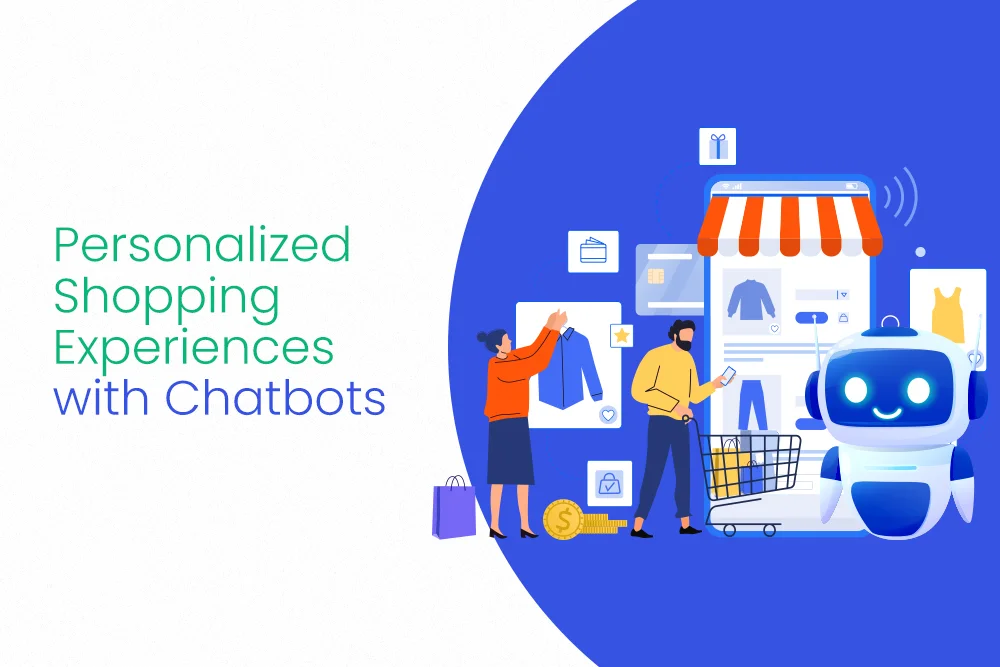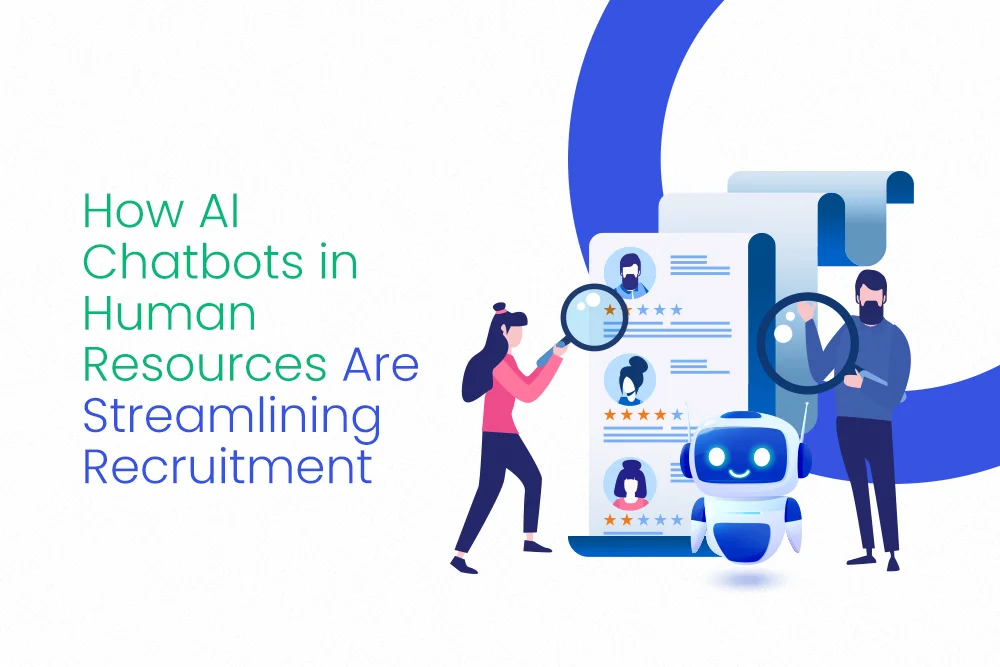Have you ever considered how technology is revolutionising the education sector? Remarkably, 94% of students with chatbots at their institution said utilising one was valuable or extremely valuable while enrolled. This overwhelming endorsement highlights the transformative potential of chatbots in education. In this blog, we explore the diverse use cases and benefits of AI chatbots in education, uncovering how they streamline administrative tasks, provide personalised assistance, and ultimately enrich the educational journey.
What are Educational Chatbots?
Educational chatbots are AI-powered programs designed to simulate conversation and interaction with users. They can be integrated into websites, apps, and messaging platforms where students, teachers, and administrative staff can interact with them. These chatbots are programmed to understand and respond to queries in real-time, providing immediate assistance and support.
Use Cases of AI Chatbots in Education
1. Administrative Support
One of the primary use cases of AI chatbots in education is in administrative support. Educational institutions handle a vast amount of data related to student admissions, course registrations, fee payments, and more. Chatbots can automate these routine tasks, offering quick responses to common queries like admission deadlines, payment procedures, and course details. This saves administrative staff time and improves the institution’s efficiency.
2. Personalized Learning Assistance
Chatbots can act as personal tutors to students, providing customised educational support based on individual learning paces and styles. For instance, a chatbot can recommend resources, explain complex topics, and even conduct quizzes to assess a student’s understanding of the subject matter. This personalised interaction can help students who may need extra help or want to advance faster through their studies.
3. Feedback and Assessment
AI chatbots can collect feedback from students about courses and teaching methods. They can conduct surveys and gather student responses effectively and anonymously. Additionally, chatbots can help in the assessment process by conducting tests and grading them based on pre-set answers, providing immediate feedback to students.
4. Campus Engagement and Updates
Chatbots can send personalised updates about campus events, deadlines, and other important notifications. By integrating with the institution’s calendar, chatbots can alert students about upcoming exams, social events, and deadline reminders, ensuring that students are well-informed and engaged with campus life.
5. Support for Prospective Students
Prospective students often have numerous questions about programs, campus life, and eligibility criteria. Chatbots can respond instantly to these queries, making the information-gathering process more convenient and accessible. This can enhance the institution’s appeal to prospective students, improving recruitment efforts.
Benefits of AI Chatbots in Education
Increased Accessibility
Chatbots provide 24/7 assistance to students and staff, ensuring that help is available at any time of the day. This is particularly beneficial for international students in different time zones who may need information outside of normal office hours.
Cost Efficiency
By automating routine tasks, chatbots reduce the workload on human staff, allowing them to focus on more complex issues. This can lead to significant cost savings, reduced labour hours, and improved efficiency.
Enhanced User Experience
Chatbots offer a direct, conversational way for users to interact with the institution. This can enhance the overall user experience, making it more engaging and responsive.
Scalability
Educational institutions can scale their services with chatbots. As the number of inquiries increases, chatbots can handle multiple queries simultaneously, unlike human staff, who can be overwhelmed by high requests.
Facilitating Remote Learning
The shift towards remote learning, accelerated by global events like the COVID-19 pandemic, has highlighted the need for robust digital tools to support students outside traditional classrooms. AI chatbots in education are pivotal in this context. They can guide students through digital learning platforms, help navigate course materials, and connect them with tutors or peers for collaborative learning. This accessibility ensures that learning doesn’t halt, even when students cannot physically attend classes.
Bridging Language Barriers
Educational institutions often attract a diverse body of students from various linguistic backgrounds. Educational chatbot solutions equipped with multilingual capabilities can bridge the communication gap, providing support in the students’ native languages. This enhances comprehension and inclusivity, ensuring that all students have equal access to educational opportunities and resources.
Enhancing Career Services
AI chatbots also find significant utility in career counselling and placement services. They can provide students with information about career paths, internships, job opportunities, and alumni networking events. Moreover, chatbots can help students prepare for job interviews by conducting mock interviews and offering feedback on their responses. This prepares students for real-world challenges and enhances their employability.
Supporting Mental Health and Wellbeing
Students’ mental health is crucial for their academic success and overall well-being. Chatbots can play a supportive role by offering basic counselling, stress management tips, and resources for mental health care. They can also identify students who might be at risk by analysing their interactions and suggesting professional help when necessary. This proactive approach can make a significant difference in student well-being.
Integrating with Learning Management Systems (LMS)
AI chatbots can be integrated with existing Learning Management Systems (LMS) to create a more cohesive educational experience. This integration allows chatbots to access academic information and perform tasks like delivering personalised learning content, tracking progress, and even reminding students of deadlines. The seamless interaction between chatbots and LMS enhances the learning experience and helps institutions better manage their educational offerings.
Conclusion
AI chatbots in education are not just a technological advancement but a transformative tool for educational institutions looking to enhance their operations and student engagement. Educational chatbot solutions provide numerous benefits, from administrative efficiency to personalised learning support, making them an invaluable asset in modern education. As we continue to embrace digital solutions, the role of AI chatbots in education is set to grow, shaping the future of educational experiences and interactions.













